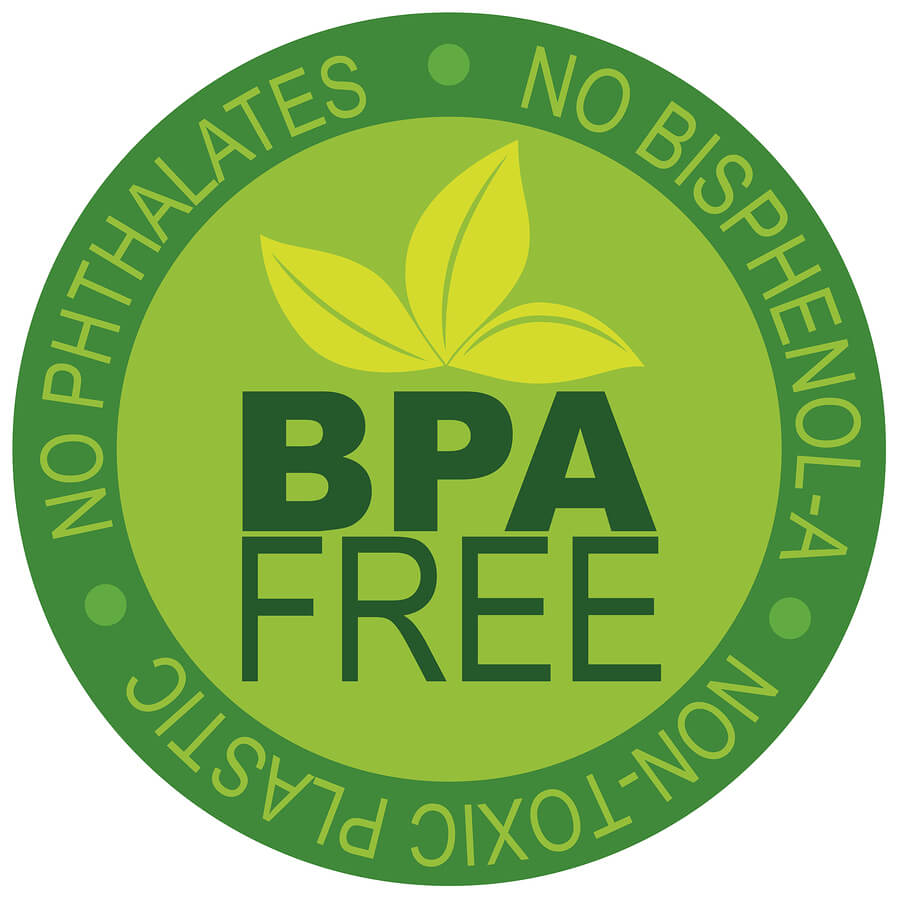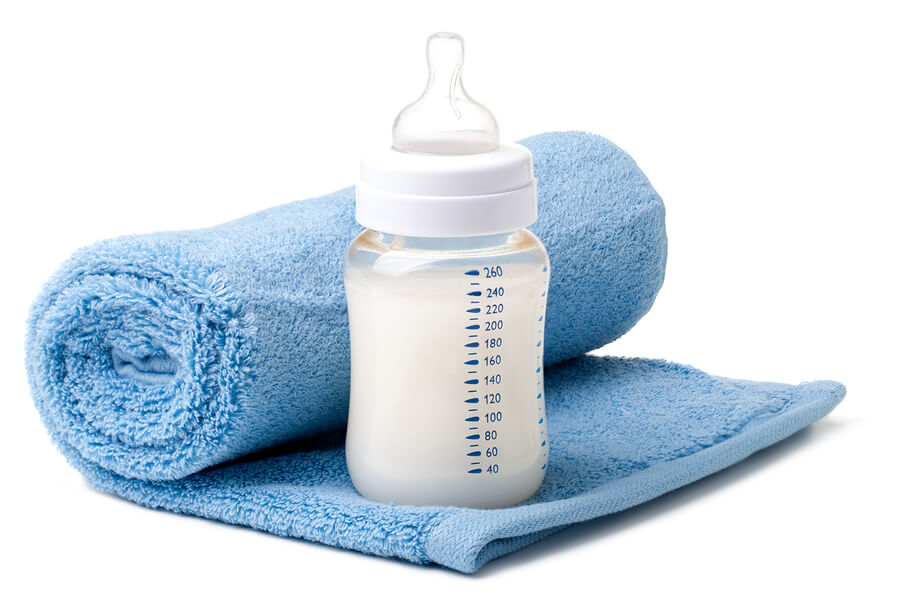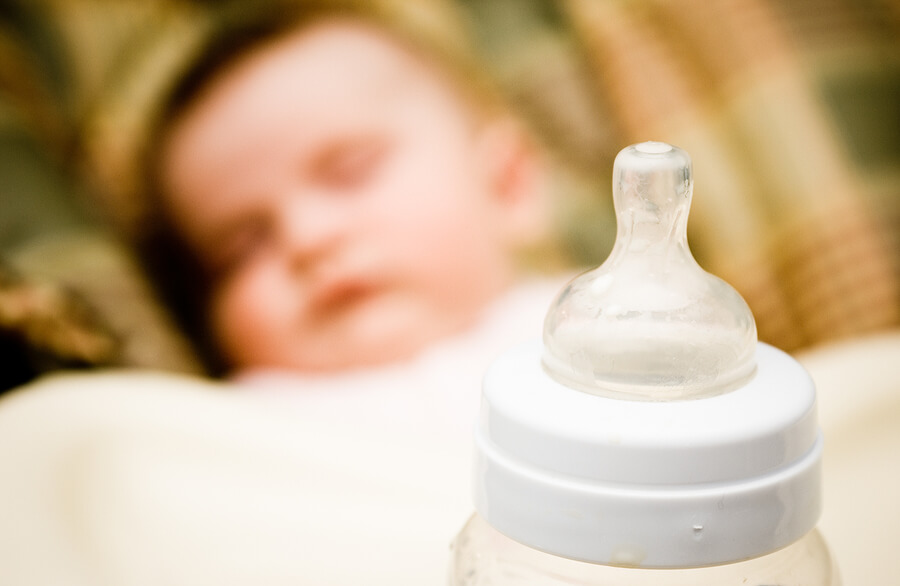Table of Contents
How BPA Can Affect Your Babys Brain Development
When it comes to the health and well-being of our children, every parent wants to make the best choices. From the moment of conception, we strive to provide a safe and nurturing environment for their growth and development. However, in today's modern world, we are constantly exposed to various environmental toxins that can potentially impact our children's health. One such concern is Bisphenol A (BPA) and its potential effects on the developing brain. In this blog post, we will delve into the topic of how BPA can affect your baby's brain development, explore the risks associated with exposure, and provide actionable steps to protect your child's health.
What is BPA?
Bisphenol A (BPA) is an industrial chemical widely used in the production of polycarbonate plastics and epoxy resins. It has been used for decades in the manufacturing of consumer products such as food and beverage containers, plastic toys, dental sealants, and the lining of metal cans. BPA is known to mimic estrogen in the body, making it an endocrine disruptor that can interfere with hormone function.

The Prevalence of BPA Exposure
Widespread Exposure
BPA exposure is a significant concern due to its alarming prevalence. Studies have found that more than 90% of the population has detectable levels of BPA in their bodies. This indicates that BPA exposure is widespread and affects a vast majority of people.
Vulnerability of Infants and Young Children
Infants and young children are particularly vulnerable to BPA exposure. Their developing systems and behaviors, such as frequent contact with plastic products, put them at a higher risk. The combination of their physiological development and increased interaction with BPA-containing items increases the potential for adverse health effects.
Sensitivity of Developing Systems
During early childhood, various systems in the body, including the endocrine and neurological systems, undergo crucial development. Exposure to BPA during this critical period can have lasting impacts on a child's health and well-being. Their developing organs and tissues may be more sensitive to the disruptive effects of BPA, making them more susceptible to its harmful consequences.
Routes of Exposure
BPA can enter the body through different routes, further contributing to its widespread presence. The primary sources of BPA exposure include ingestion, inhalation, and dermal absorption. Ingestion occurs when BPA leaches from food containers or is transferred from contaminated hands to the mouth. Inhalation can occur when BPA-contaminated dust or particles are inhaled. Dermal absorption happens when BPA-containing products come into direct contact with the skin.
Prenatal Exposure
Pregnant women can transfer BPA to their developing fetus through the placenta. This means that exposure to BPA can begin even before a child is born. Prenatal exposure to BPA has been associated with potential health risks and may have long-term consequences for the child's brain development.
Cumulative Exposure
BPA exposure is not a one-time event but accumulates over time. Continuous exposure to low levels of BPA from various sources can result in a cumulative effect. This cumulative exposure may have a more significant impact on a child's brain development and overall health.
Unavoidable Exposure
Despite efforts to minimize exposure, completely avoiding BPA can be challenging in today's world. It is present in numerous consumer products and food packaging materials. However, taking proactive steps to reduce exposure can significantly mitigate the potential risks and protect your child's health.

The Impact of BPA on Baby's Brain Development
Disruption of Neurodevelopment
Exposure to BPA during critical stages of brain development can disrupt the normal processes of neurodevelopment in babies. The chemical can interfere with the growth and connectivity of neurons, potentially leading to structural and functional abnormalities in the brain. These disruptions may affect cognitive abilities and overall brain function.
Cognitive and Behavioral Effects
Research suggests that BPA exposure in early life may be associated with cognitive and behavioral issues in babies and children. Studies have shown links between BPA exposure and impairments in memory, attention, and executive function. Additionally, some research has suggested a potential connection between BPA exposure and an increased risk of hyperactivity, aggression, and emotional problems.
Impact on Hormonal Systems
BPA is an endocrine disruptor, meaning it can interfere with the normal functioning of hormones in the body. During brain development, hormones play a crucial role in orchestrating various processes. BPA's estrogenic properties can disrupt hormone signaling, potentially leading to adverse effects on the developing brain.
Altered Synaptic Plasticity
Synaptic plasticity, the ability of synapses to strengthen or weaken over time, is essential for learning and memory. BPA exposure has been found to alter synaptic plasticity in animal studies, potentially affecting the formation of new memories and the ability to learn.
Impaired Neurotransmitter Function
Neurotransmitters are chemical messengers that facilitate communication between brain cells. BPA exposure has been shown to interfere with neurotransmitter function, specifically affecting the balance of excitatory and inhibitory neurotransmitters. This disruption may impact information processing and the overall functioning of the brain.
Minimizing BPA Exposure for Healthy Brain Development
Opt for BPA-Free Products
When it comes to choosing baby products, opt for those labeled as BPA-free. Look for baby bottles, sippy cups, and food containers that explicitly state they are free from BPA. This reduces the risk of BPA leaching into your baby's food and drinks.
Avoid Heating Plastic Containers
Heating plastic containers can increase the likelihood of BPA leaching into food or liquids. Instead, choose glass, stainless steel, or BPA-free containers for heating and storing food.
Limit Canned Food Consumption
Canned foods often contain BPA in the lining of the cans. Minimize your baby's exposure by opting for fresh or frozen fruits and vegetables whenever possible. If canned foods are necessary, look for BPA-free alternatives or consider cooking meals from scratch.
Breastfeeding as a Protective Measure
Breast milk provides optimal nutrition for your baby and reduces exposure to environmental toxins, including BPA. If possible, aim to breastfeed exclusively for the first six months and continue breastfeeding alongside solid foods as per medical recommendations.
The Role of Government Regulations and Policies
Government regulations and policies play a crucial role in protecting public health and ensuring the safety of consumer products. Several countries have taken steps to regulate the use of BPA in various industries. For example, the European Union has banned the use of BPA in baby bottles, and the United States has prohibited its use in certain products, such as baby pacifiers and sippy cups. These regulations aim to limit BPA exposure and mitigate potential risks to infants and young children. Staying informed about such regulations can help parents make more informed choices and advocate for stricter policies, if necessary.

Additional Steps for Minimizing BPA Exposure
In addition to the tips mentioned earlier, there are further steps you can take to minimize BPA exposure for your baby:
Breastfeeding
Breastfeeding remains the ideal and most recommended method for nourishing infants, providing numerous benefits including a reduced risk of BPA exposure from formula preparation and plastic bottles. In cases where breastfeeding is not possible, opting for BPA-free baby bottles is a proactive measure to minimize your baby's exposure to this chemical.
Filter Tap Wate
BPA has the potential to be present in water sources, including tap water. To minimize exposure when preparing formula or drinks for your baby, it is advisable to invest in a water filter that is certified to remove BPA. When choosing a water filter, specifically look for those that clearly mention their ability to effectively remove BPA in their product specifications. This will help ensure that the water you use for your baby's consumption is free from BPA contaminants.
Use Natural Cleaning Products
Many conventional cleaning products contain a variety of chemicals, including BPA. By making the switch to natural cleaning products, you can significantly reduce the risk of BPA exposure in your home environment. When shopping for cleaning products, be sure to look for options that are specifically labeled as “BPA-free” or made with natural ingredients. This way, you can maintain a clean and safe living space while minimizing your family's exposure to harmful chemicals like BPA.
Educate Caregivers
When your baby is in the care of family members, caregivers, or daycare providers, it is crucial to educate them about the risks associated with BPA and the significance of minimizing exposure. Share valuable information about common sources of BPA and provide guidelines on how to avoid them effectively. Encourage caregivers to opt for BPA-free products and adopt safe practices when preparing meals or handling plastic items. By empowering them with knowledge, you can ensure that everyone involved in your baby's care is equipped to make informed choices and create a safer environment that promotes your child's well-being.

Promoting Brain-Healthy Habits for Optimal Development
To support your baby's optimal brain development, it's important to not only minimize BPA exposure but also incorporate brain-healthy habits into their routine. Here are detailed steps you can take:
Provide Nutritious Meals
A well-balanced diet plays a crucial role in brain development. Ensure your baby's meals include a variety of nutrients that support cognitive function. Incorporate the following foods into their diet:
- Fruits and Vegetables: Rich in antioxidants and essential vitamins, these foods promote brain health. Include a colorful array of fruits and vegetables in your baby's meals.
- Whole Grains: Opt for whole grain cereals, bread, and pasta to provide a steady supply of energy to the brain.
- Lean Proteins: Include lean meats, poultry, fish, beans, and legumes, as they are excellent sources of protein and essential amino acids needed for brain development.
- Healthy Fats: Provide sources of omega-3 fatty acids, such as fatty fish (salmon, mackerel), walnuts, chia seeds, and flaxseeds. These fats support brain cell development and function.
Engage in Interactive Play
Playtime is not just about entertainment; it is a crucial opportunity for brain stimulation. Engage in interactive activities that promote cognitive and sensory development, such as:
- Exploratory Play: Offer age-appropriate toys and objects that encourage exploration and problem-solving. This helps develop your baby's cognitive skills and spatial awareness.
- Sensory Play: Provide sensory experiences like sand, water, playdough, or textured materials. These activities enhance your baby's sensory perception and neural connections.
- Social Interaction: Encourage social play with other children or family members. This helps develop communication skills, emotional intelligence, and social cognition.
Read and Tell Stories
Reading to your baby from an early age has numerous cognitive benefits. Make reading a regular part of your daily routine, and incorporate storytelling as well. This activity:
- Enhances Language Skills: Exposure to language and vocabulary through books and stories aids in language development and communication skills.
- Stimulates Imagination: Stories spark imagination and creativity, promoting cognitive development and problem-solving abilities.
- Builds Cognitive Skills: Reading and discussing stories together helps develop memory, attention span, and critical thinking skills.
Limit Screen Time
Excessive screen time can have negative effects on brain development in young children. Set appropriate limits and prioritize other activities that promote brain stimulation, such as:
- Hands-on Exploration: Encourage activities that involve hands-on exploration, such as building blocks, puzzles, and arts and crafts. These activities enhance fine motor skills and problem-solving abilities.
- Physical Movement: Engage in active play, such as crawling, walking, running, and dancing. The physical movement supports overall brain development and coordination.
- Face-to-Face Interaction: Foster face-to-face interactions with caregivers, siblings, and peers. This promotes social and emotional development, empathy, and communication skills.
Create a Safe and Stimulating Environment
Providing a safe and stimulating environment is essential for optimal brain development. Consider the following:
- Age-Appropriate Toys: Offer toys that are suitable for your baby's developmental stage. Stimulating toys and activities promote curiosity and cognitive growth.
- Novel Experiences: Introduce new experiences, such as visits to parks, museums, and nature walks. Exposing your baby to a variety of stimuli enriches their brain development.
- Calm and Secure Atmosphere: Create a calm and secure environment at home. Consistent routines, a nurturing atmosphere, and positive interactions support healthy brain development.
Conclusion
Ensuring the healthy development of your baby's brain is a top priority, and understanding the potential risks associated with BPA exposure is crucial. Bisphenol A (BPA) has been shown to disrupt hormonal systems, alter neural connectivity, and impact cognitive function in children. Minimizing exposure to BPA through informed product choices and lifestyle practices can help promote healthy brain development in your little one. By being proactive and taking steps to reduce BPA exposure, you are setting the stage for your baby's long-term cognitive health and well-being.
Sources
- https://www.ncbi.nlm.nih.gov/pmc/articles/PMC6112678/
- https://news.columbia.edu/news/shedding-new-light-infant-brain-development
- https://my.clevelandclinic.org/health/diseases/4497-gestational-hypertension
- https://www.mayoclinic.org/healthy-lifestyle/pregnancy-week-by-week/in-depth/pregnancy/art-20046098




Comments
Loading…